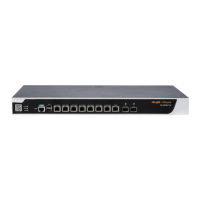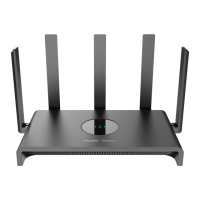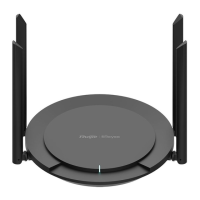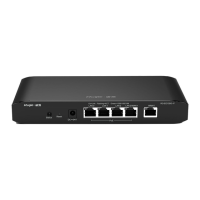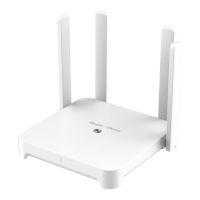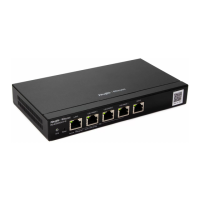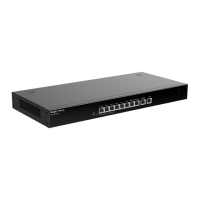Hardware Installation and Reference Guide Preparations before Installation
12
2 Preparations before Installation
2.1 Safety Precautions
The enterprise-class router acts as the critical transfer station of network connections, and its normal service is
crucial to the normal operation of the entire network.
The following safety suggestions are applicable to the installation and use of the enterprise-class router:
Do not place the device in a watery place and prevent any liquid from entering into it.
Keep the device away from heat sources.
Ensure the normal grounding of device.
Wear an anti-static wrist strap to install and maintain the device.
Do not wear loose clothes to avoid hooking any parts. Before operation, tighten your band, shawl and sleeves.
Keep tools and parts away from the walkway to avoid damage.
Use the uninterruptible power supply (UPS) to avoid power failure and other interferences.
If the system time is incorrect, check whether you have set the clock. If the clock is not set, the time may not
be correct; if the clock has been set precisely and the time is still incorrect, the built-in button cell of device
may have ran out, which is typically happened after 10-year service.
Instruction
Use of wrong battery may cause damage to the device. Do not replace the battery by yourself. Please
contact the Technical Assistance Center of Ruijie Networks for help.
This is a Class-A product which may cause radio interference in the living environment. In such a case,
the user may need to take feasible measures against such interference.
Note
Install and use the device in restricted access locations.
Invite professionals and related technicians to install this type of device.
2.2 Requirements on Installation Environment
Ruijie RG-NBR-E series enterprise-class router products are for indoor use only. To ensure normal operation
and prolong their service life, the installation site must meet the following requirements:
Temperature/humidity requirements
Cleanliness requirements
Anti-static requirements
Anti-interference requirements
Lightning protection requirements
Checking the installation location

